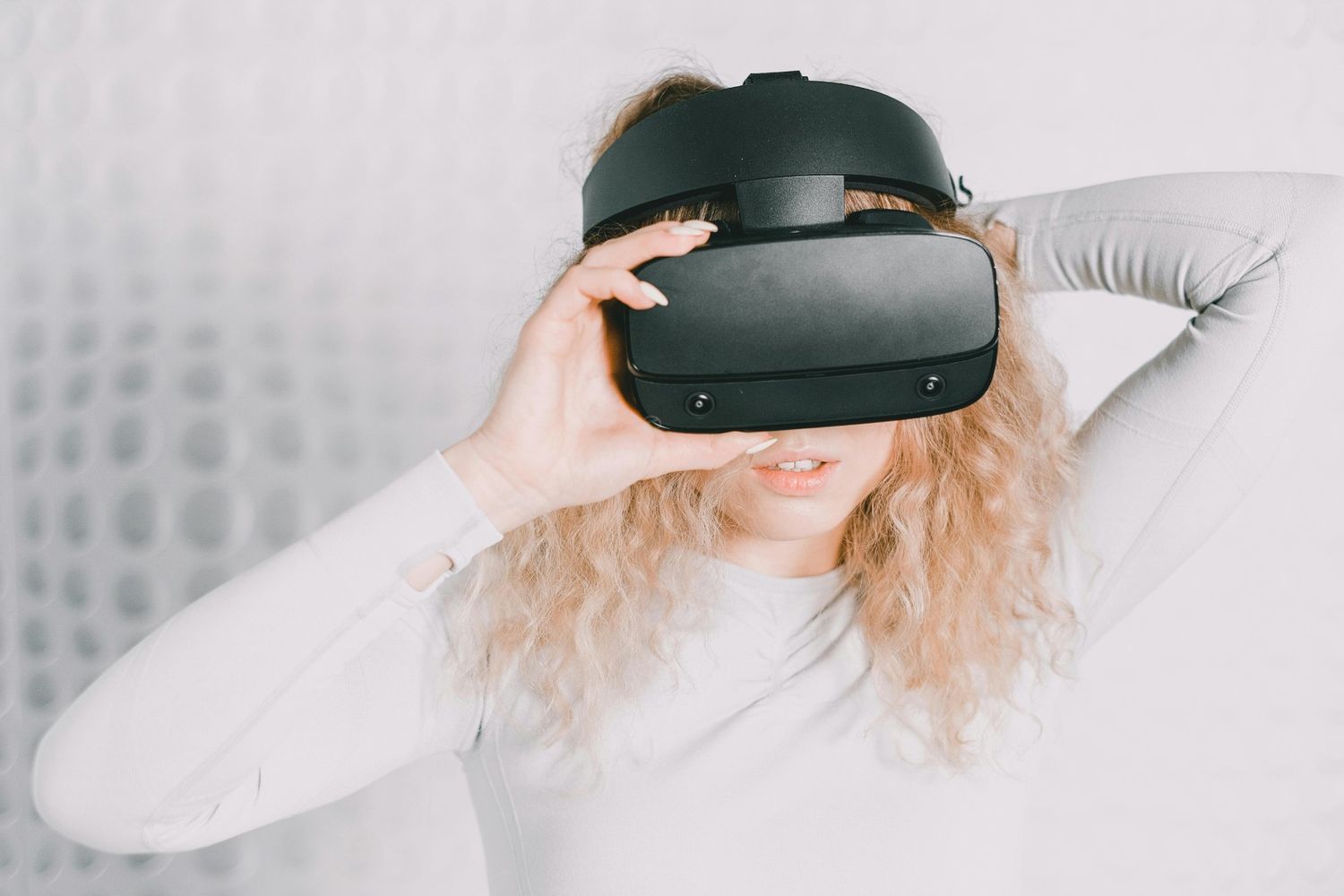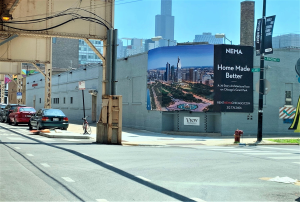Augmented Reality Print Marketing: Transforming Luxury Brand Experiences
In today’s competitive luxury market, brands must constantly innovate to capture consumer attention. Augmented reality print marketing is redefining high-end brand storytelling by merging the elegance of print with interactive digital experiences. This powerful combination elevates traditional marketing materials—such as catalogs, invitations, and packaging—by adding immersive elements that engage, educate, and inspire.
Luxury consumers crave exclusivity and personalization, and augmented reality print marketing delivers on both fronts. By blending tactile print with AR experiences, brands can create deeper emotional connections with their audience, enhance storytelling, and increase engagement.
In this blog, we explore how augmented reality print marketing is revolutionizing luxury marketing, providing actionable insights, real-world examples, and best practices for integrating AR into premium campaigns.
What Is Augmented Reality Print Marketing?
Augmented reality print marketing combines traditional print materials with AR technology, allowing users to unlock interactive digital content by scanning printed items with a smartphone or AR device. This creates a multi-sensory brand experience that blends the physical and digital worlds.
Luxury brands are embracing AR print to:
Bring high-end product catalogs to life with 3D visuals.
Enhance packaging with interactive storytelling.
Offer VIP customers exclusive AR-enabled invitations.
Unlike standard print, augmented reality print marketing turns passive reading into active engagement, giving consumers an enriched brand experience that reinforces exclusivity.
How Augmented Reality Print Marketing Elevates Luxury Brand Storytelling








